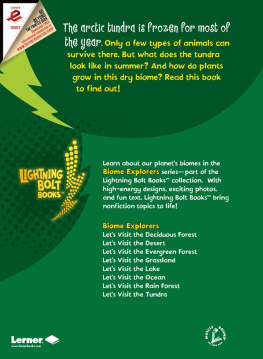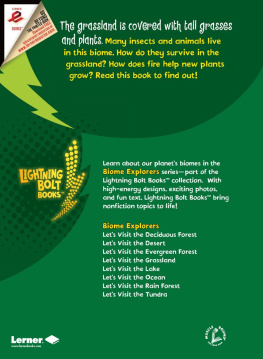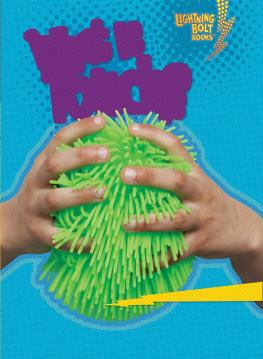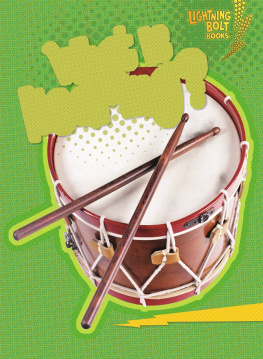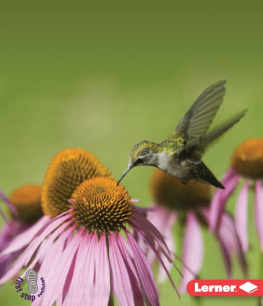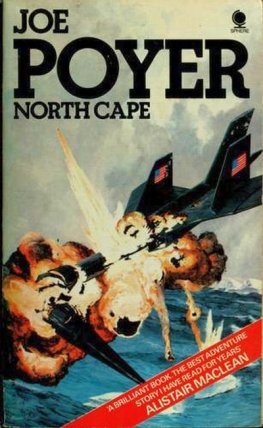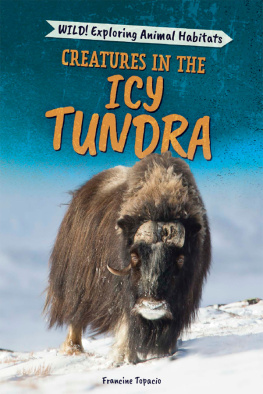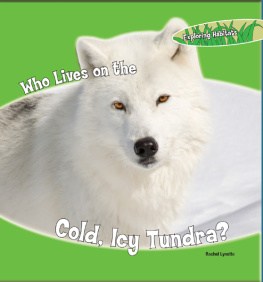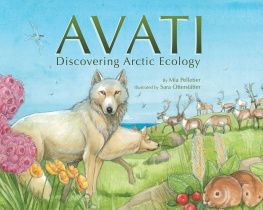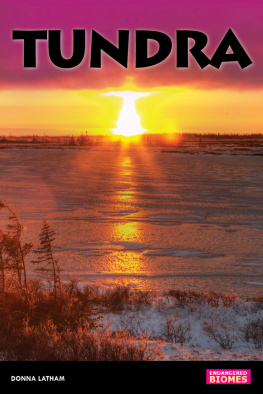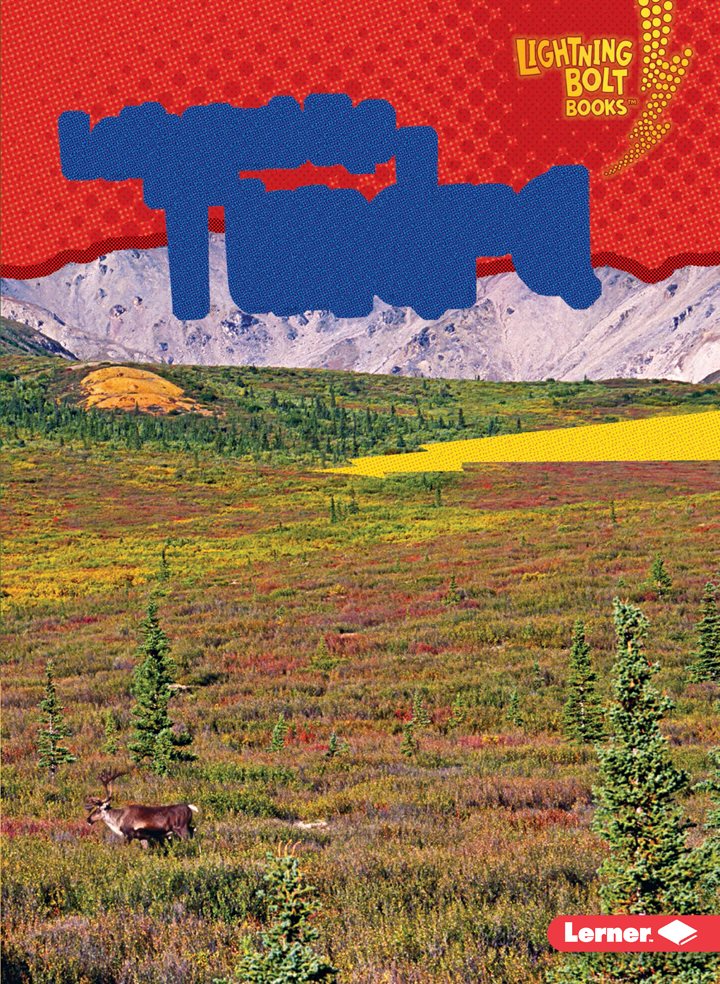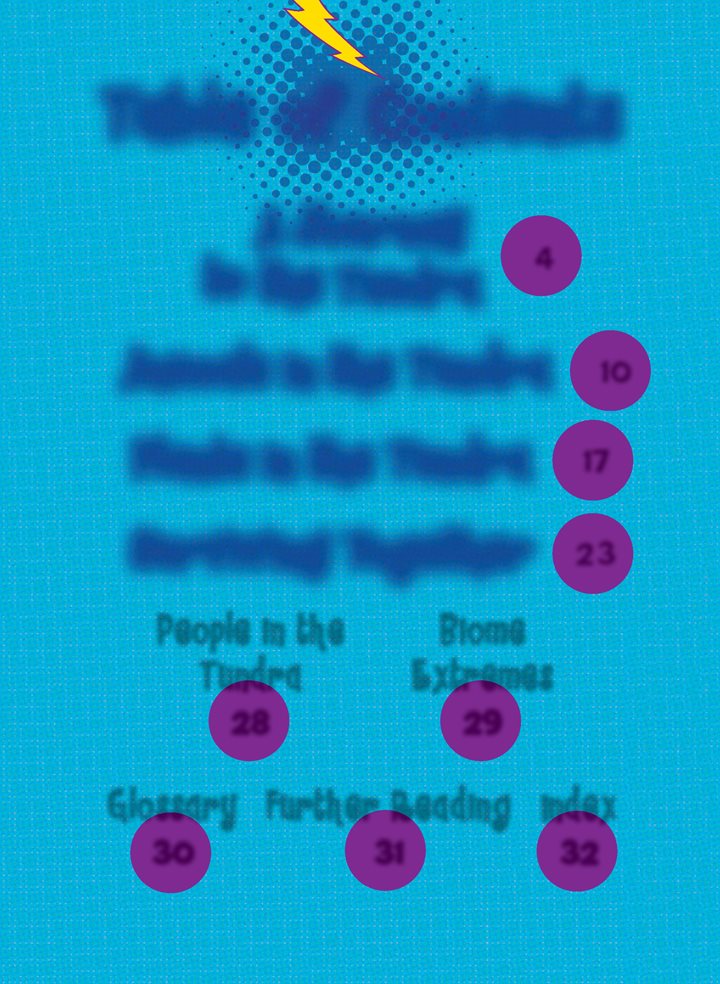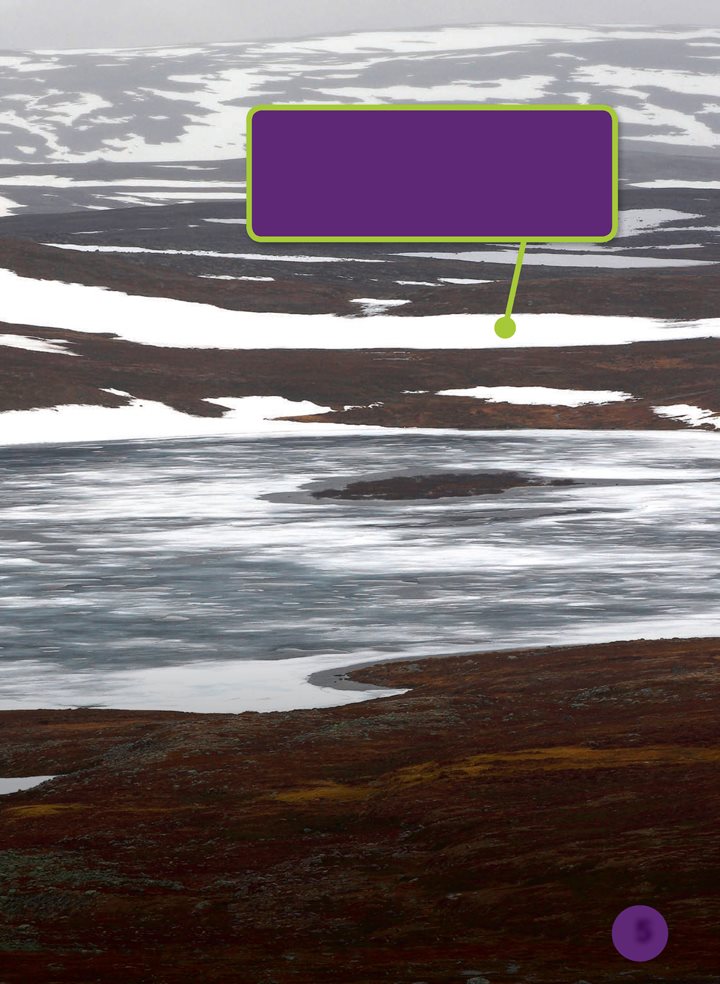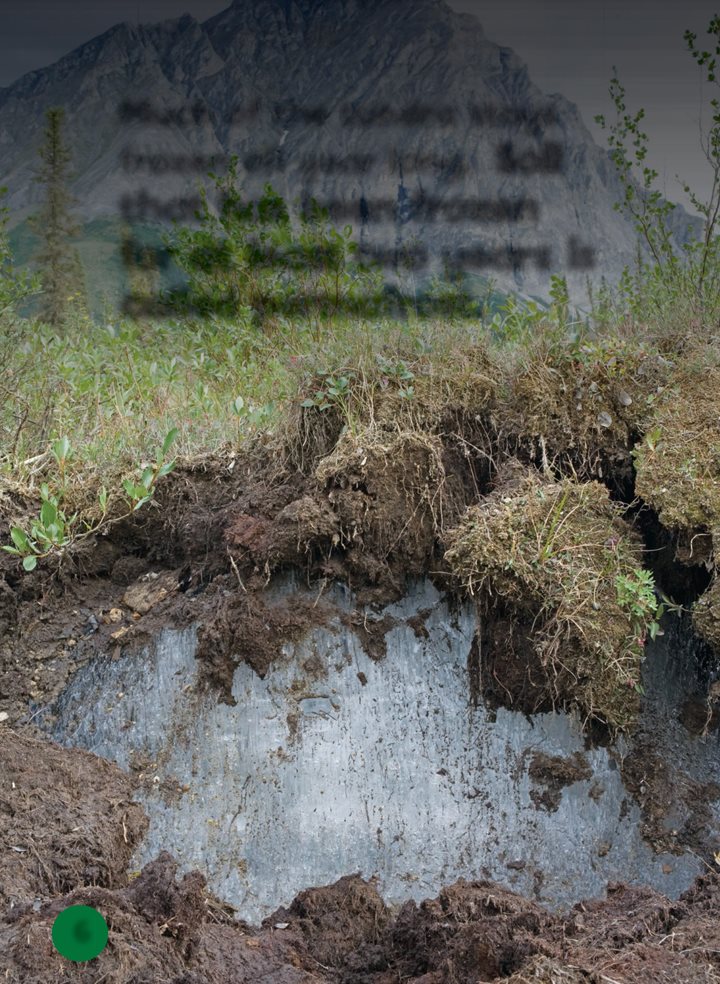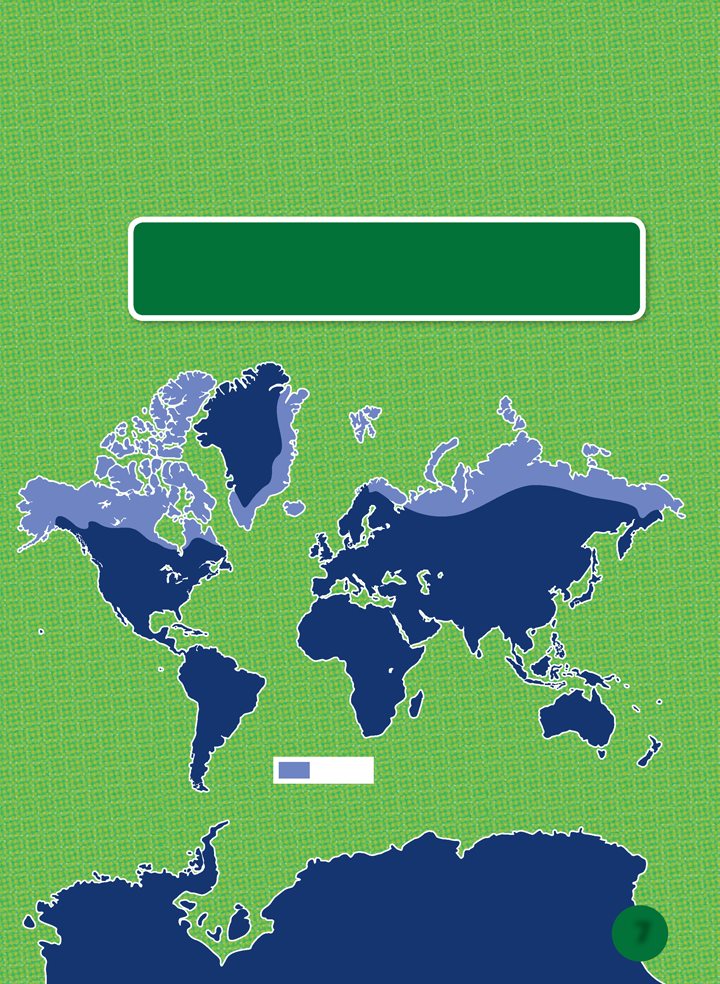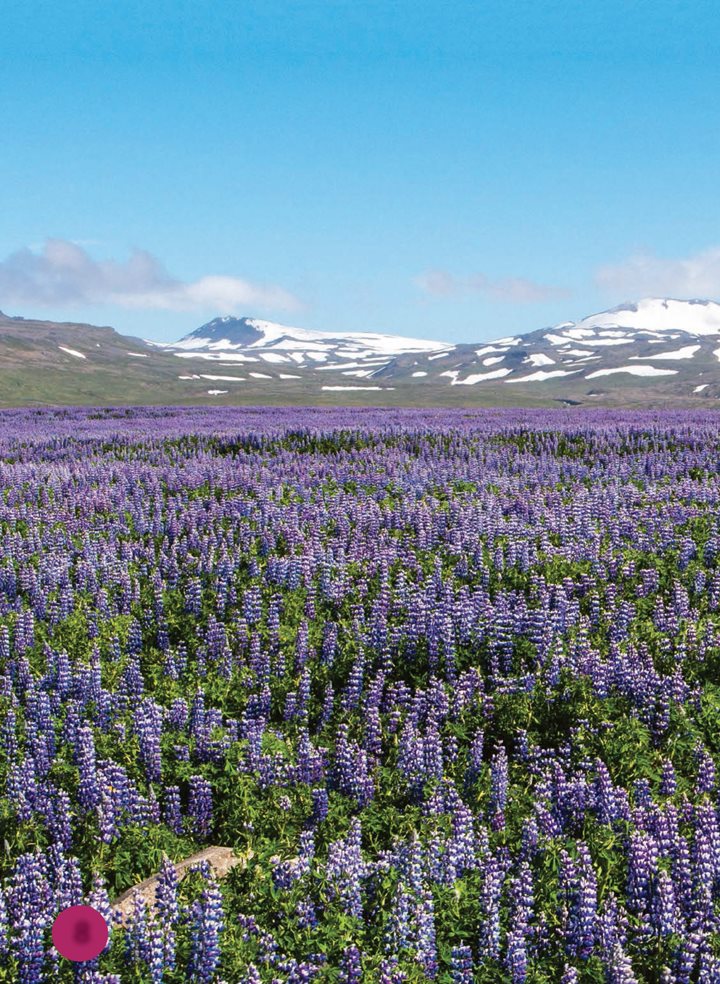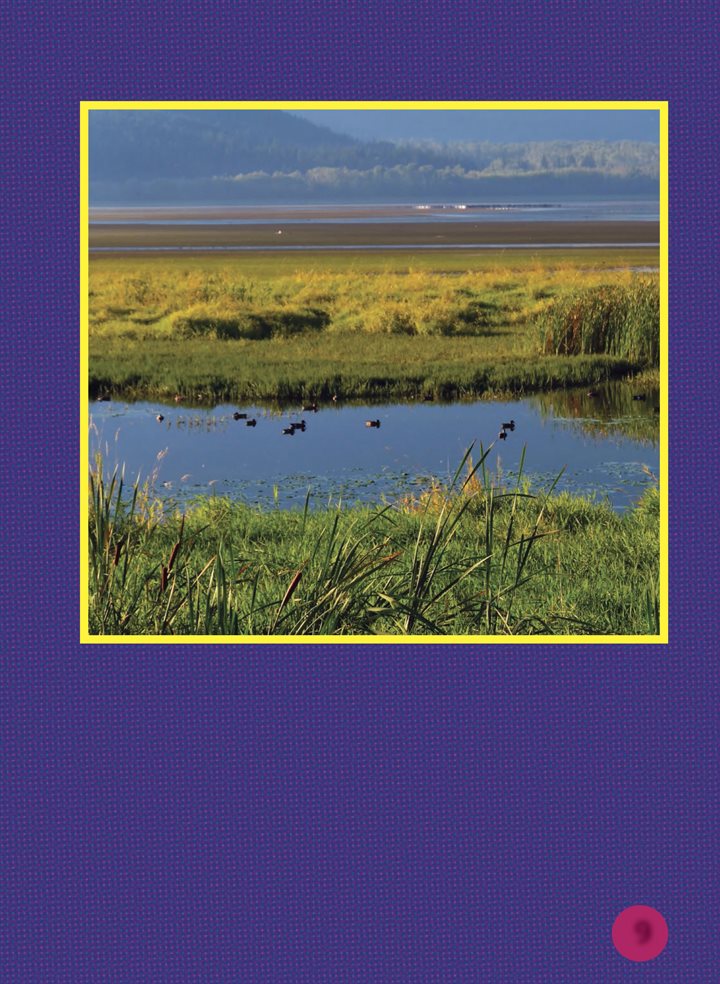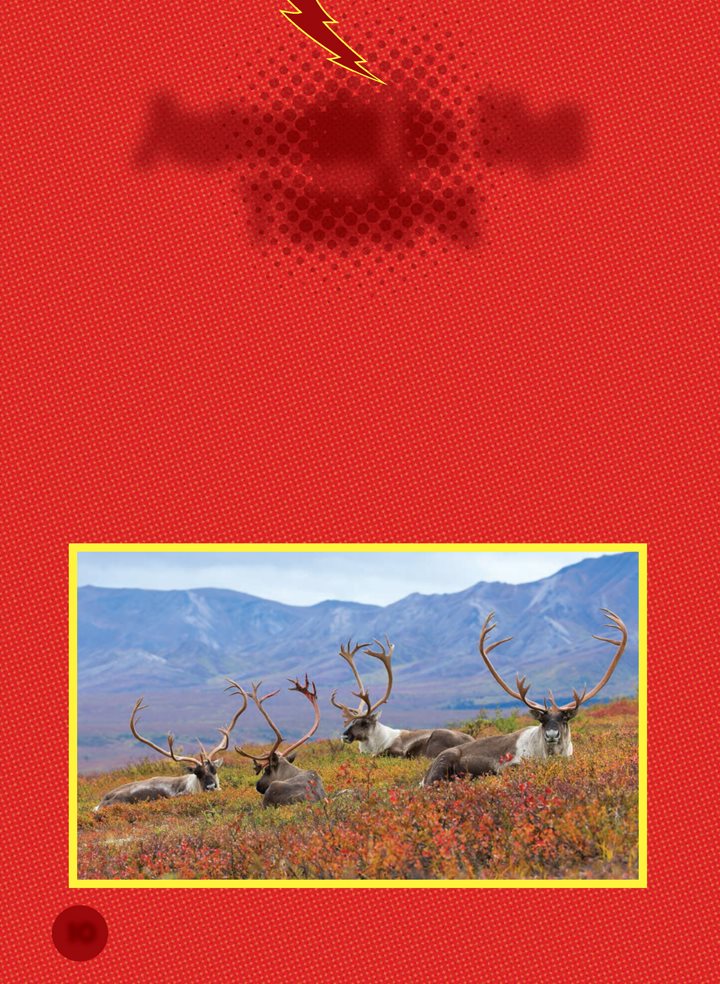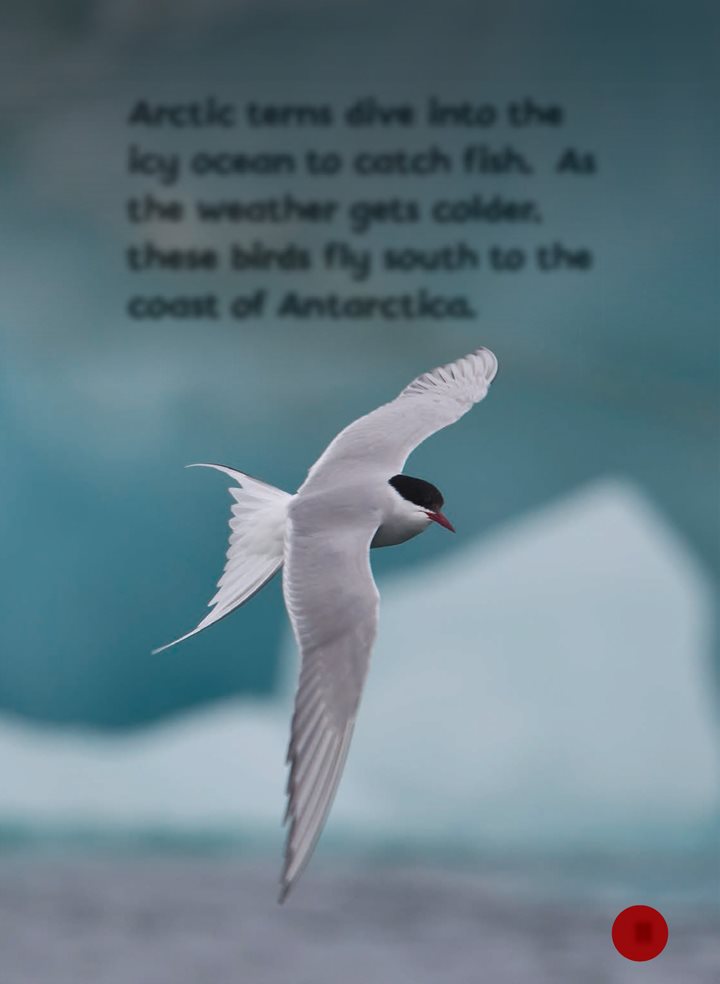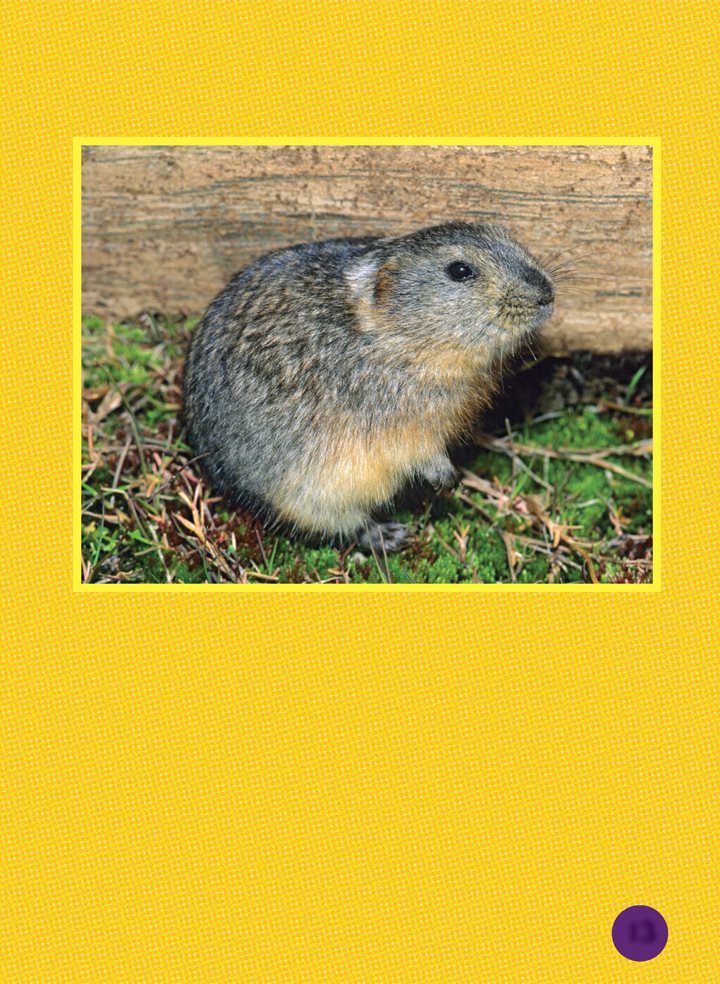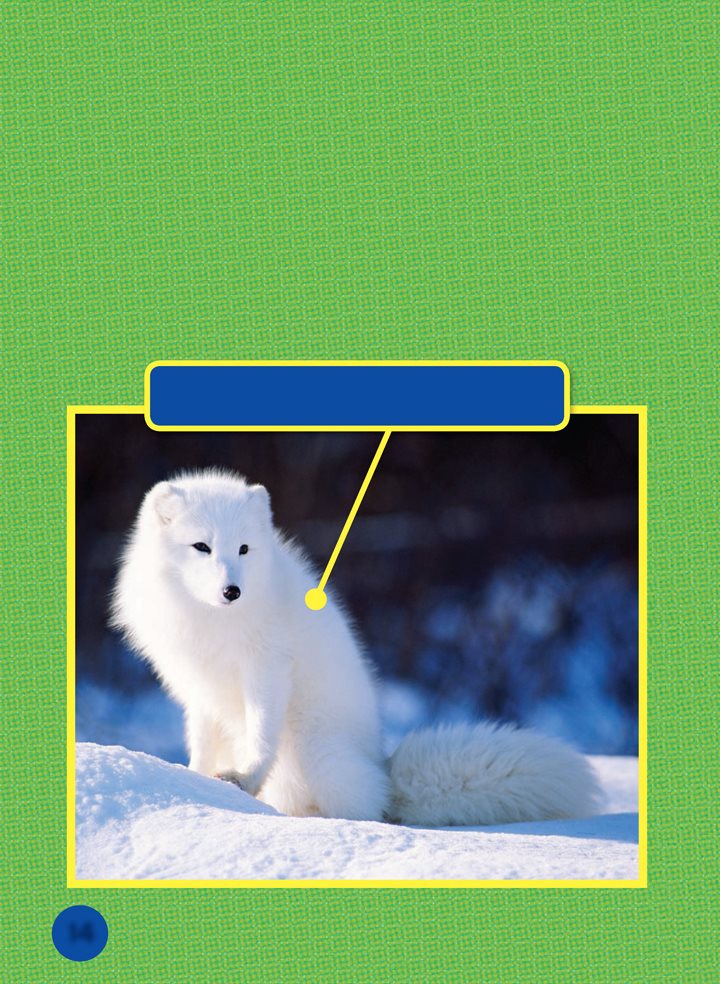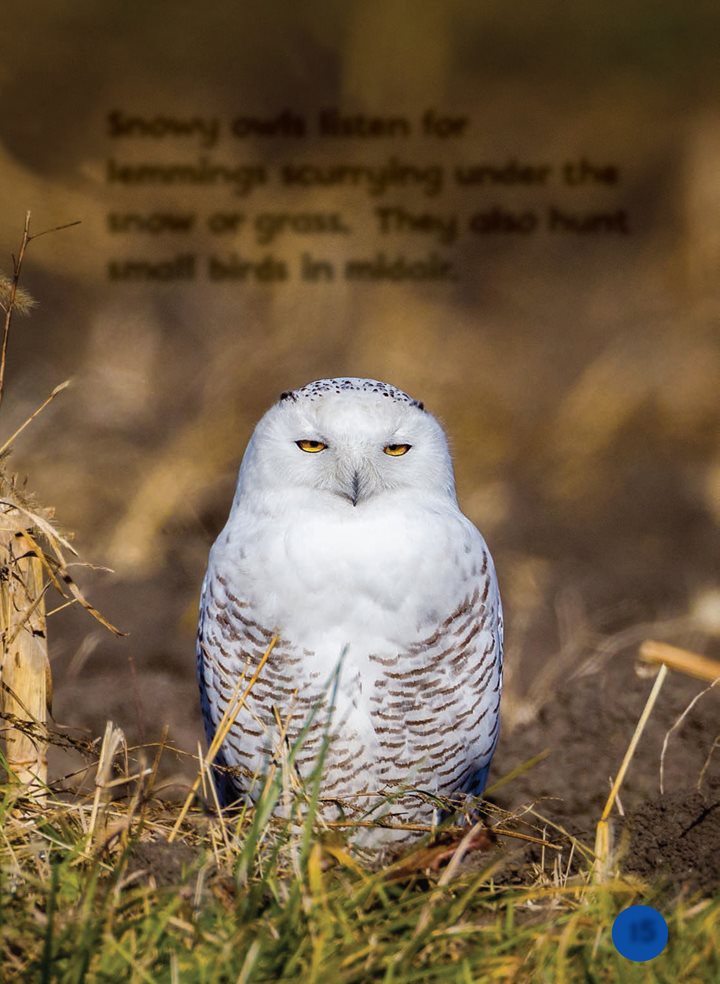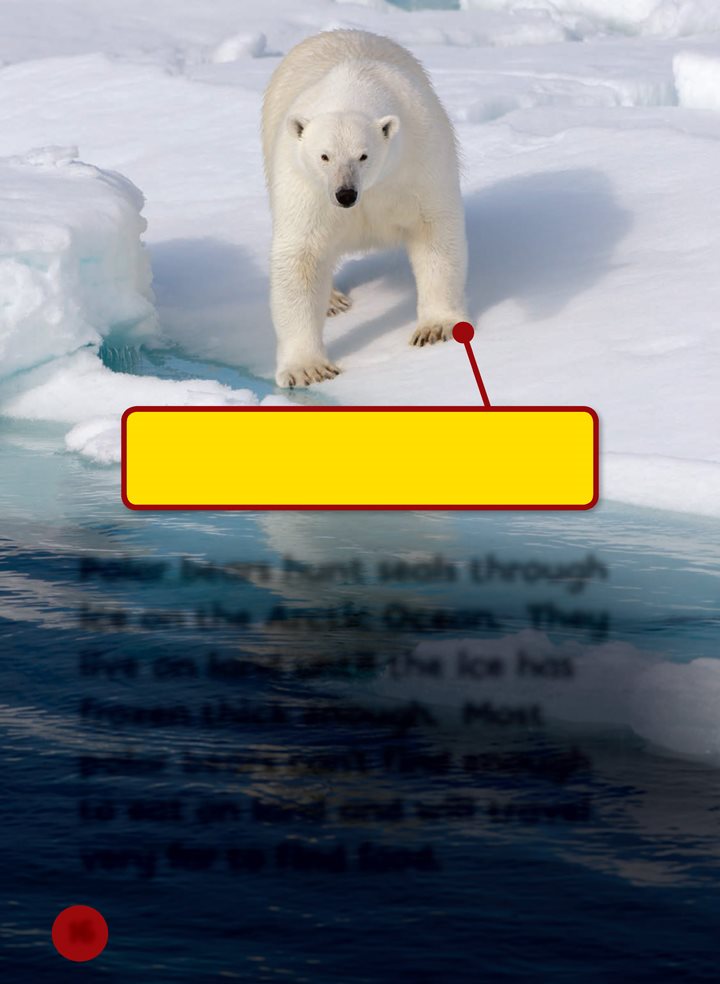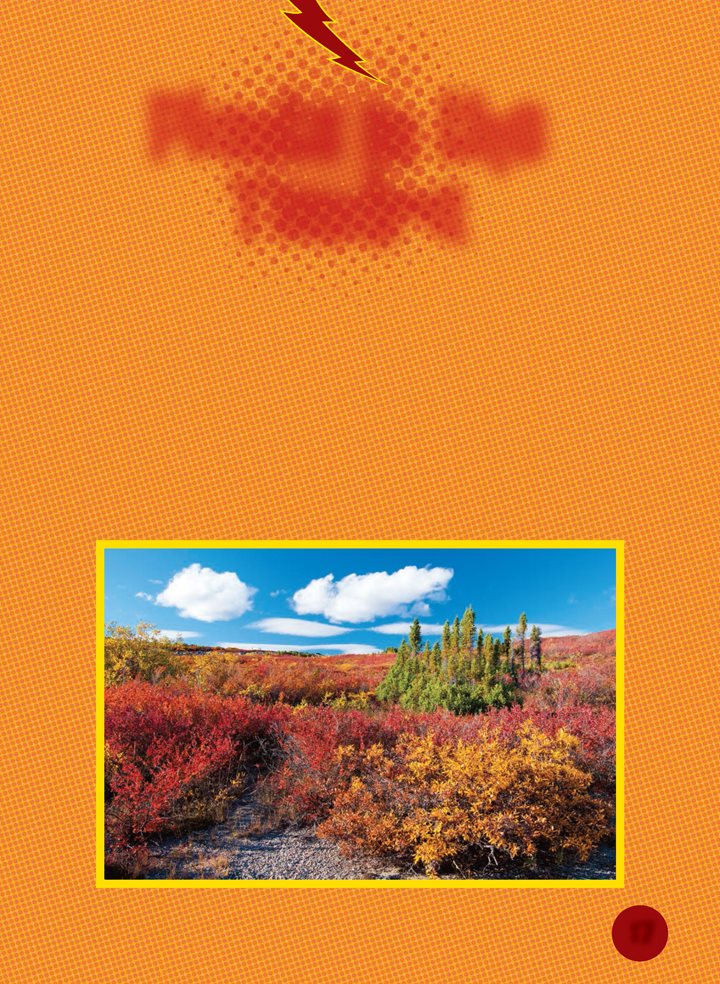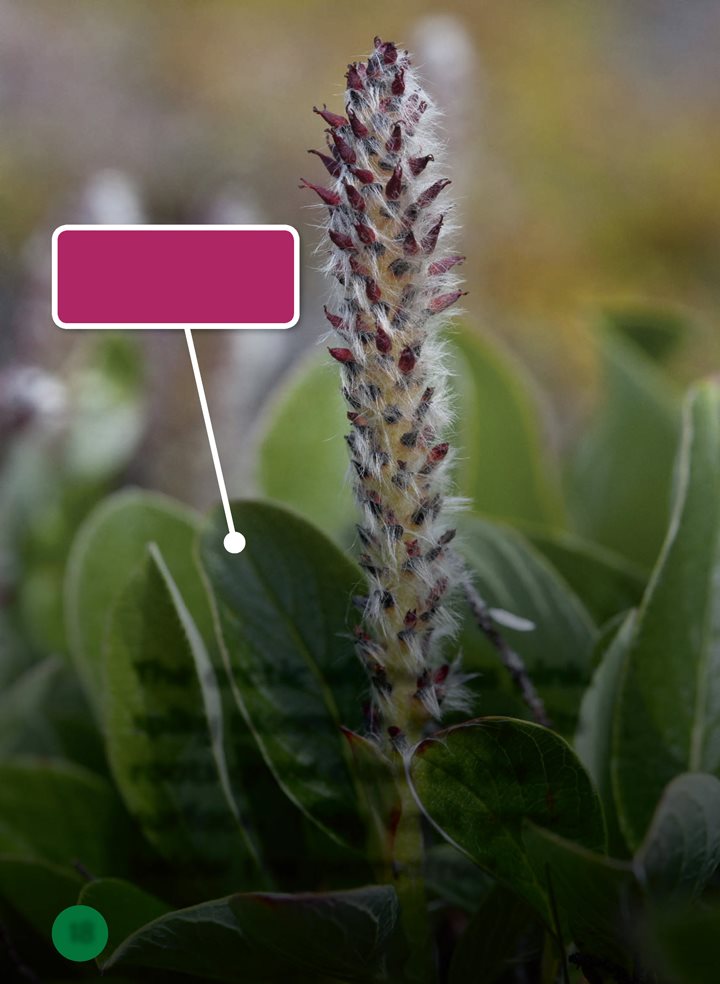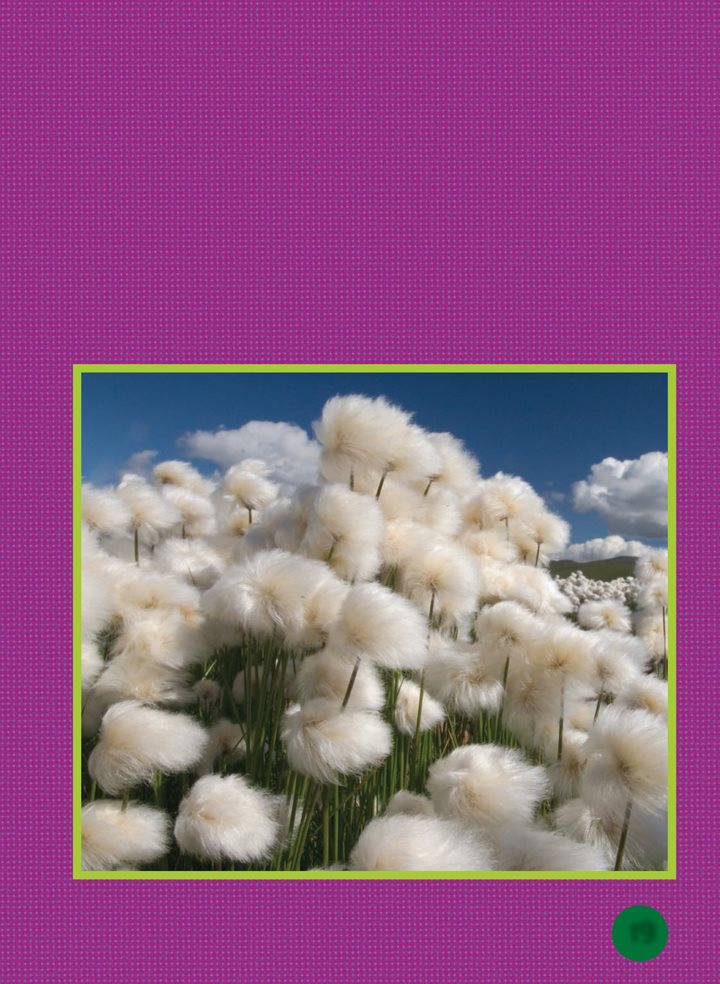Lets Visit the
Tundra
Jennifer Boothroyd
For the
Neaton family
Copyright 2017 by Lerner Publishing Group, Inc.
All rights reserved. International copyright secured. No part of this book may be reproduced,
stored in a retrieval system, or transmitted in any form or by any meanselectronic, mechanical,
photocopying, recording, or otherwisewithout the prior written permission of Lerner Publishing
Group, Inc., except for the inclusion of brief quotations in an acknowledged review.
Lerner Publications Company
A division of Lerner Publishing Group, Inc.
241 First Avenue North
Minneapolis, MN 55401 USA
For reading levels and more information, look up this title at www.lernerbooks.com.
Library of Congress Cataloging-in-Publication Data
Names: Boothroyd, Jennifer, 1972 author.
Title: Let ' s visit the tundra / Jennifer Boothroyd.
Other titles: Let us visit the tundra
Description: Minneapolis : Lerner Publications, [2017] | Series: Lightning bolt books. Biome explorers
| Audience: Ages 58. | Audience: K to grade 3. | Includes bibliographical references and index.
Identifiers: LCCN 2015047373 (print) | LCCN 2015049186 (ebook) | ISBN 9781512411966 (lb : alk. paper)
| ISBN 9781512412345 (pb : alk. paper) | ISBN 9781512412048 (eb pdf)
Subjects: LCSH: Tundra ecologyJuvenile literature. | Tundra animalsJuvenile literature.
Classification: LCC QH541.5.T8 B66 2017 (print) | LCC QH541.5.T8 (ebook) | DDC 577.5 / 86dc23
LC record available at http: // lccn.loc.gov / 2015047373
Manufactured in the United States of America
1-39750-21309-2 / 26 / 2016
Table of Contents
A Journey
to the Tundra
People in the
Tundra
Biome
Extremes
A Journe y to
t h e Tun d ra
Brrrr. A cold, dry wind blows
across the tundra. The
temperature here can be as
cold as F (34 C). Winter
in this biome can last for more
than seven months.
Less than a foot (30 cm)
of snow falls in the tundra
in winter.
Parts of the tundra are
covered by snow. But the
tundra is very dry.
Much of the tundra stays
frozen all year long. Soil
that has been frozen
for at least two years is
called permafrost.
The tundra is found in far
northern parts of the planet.
NORTH
AMERICA
EUROPE
ASIA
SOUTH
AMERICA
AFRICA
AUSTRALIA
ANTARCTICA
T his map shows the arctic tundra biome.
T here is also an alpine tundra biome.
Tundra
The tundra looks very
different in summer. The snow
melts, and the topsoil thaws.
Colorful wildflowers bloom.
Ponds form with water from
melting snow. The warmer
temperatures bring more animals
and insects to the tundra.
Animals in t h e
Tundra
Reindeer roam the tundra in
large herds. They eat plants
and lichens. Most reindeer
migrate in winter. They move
to find more food.
Arctic terns dive into the
icy ocean to catch fish. As
the weather gets colder,
these birds fly south to the
coast of Antarctica.
Many animals stay in the tundra
all year. Hare, lemmings, foxes,
and others grow white fur in
winter. This helps them blend in
with the snow. Their fur is gray
or brown in summer.
T his hares white fur
helps it blend in with
the snow in winter.
Northern collared lemmings use
their front claws to dig tunnels
down to the permafrost. They
eat plants and lichens.
An arctic fox has a bushy tail
that helps it stay warm in its
habitat. Arctic foxes follow
polar bears. The foxes eat
food the bears leave behind.
Arctic foxes also hunt lemmings.
Snowy owls listen for
lemmings scurrying under the
snow or grass. They also hunt
small birds in midair.
A polar bears thick webbed paws
help it move on ice and in the water.
Polar bears hunt seals through
ice on the Arctic Ocean. They
live on land until the ice has
frozen thick enough. Most
polar bears cant find enough
to eat on land and will travel
very far to find food.
Plants in t h e
Tundra
There are no trees in the
tundra. Shrubs are the tallest
plants. Arctic dwarf birch is a
shrub. Its leaves turn red and
orange in fall.
Many animals eat
willow leaves.
The arctic willow has pink,
spiky blooms in spring. Its
roots grow close to the
surface. They cant grow
below the permafrost.

